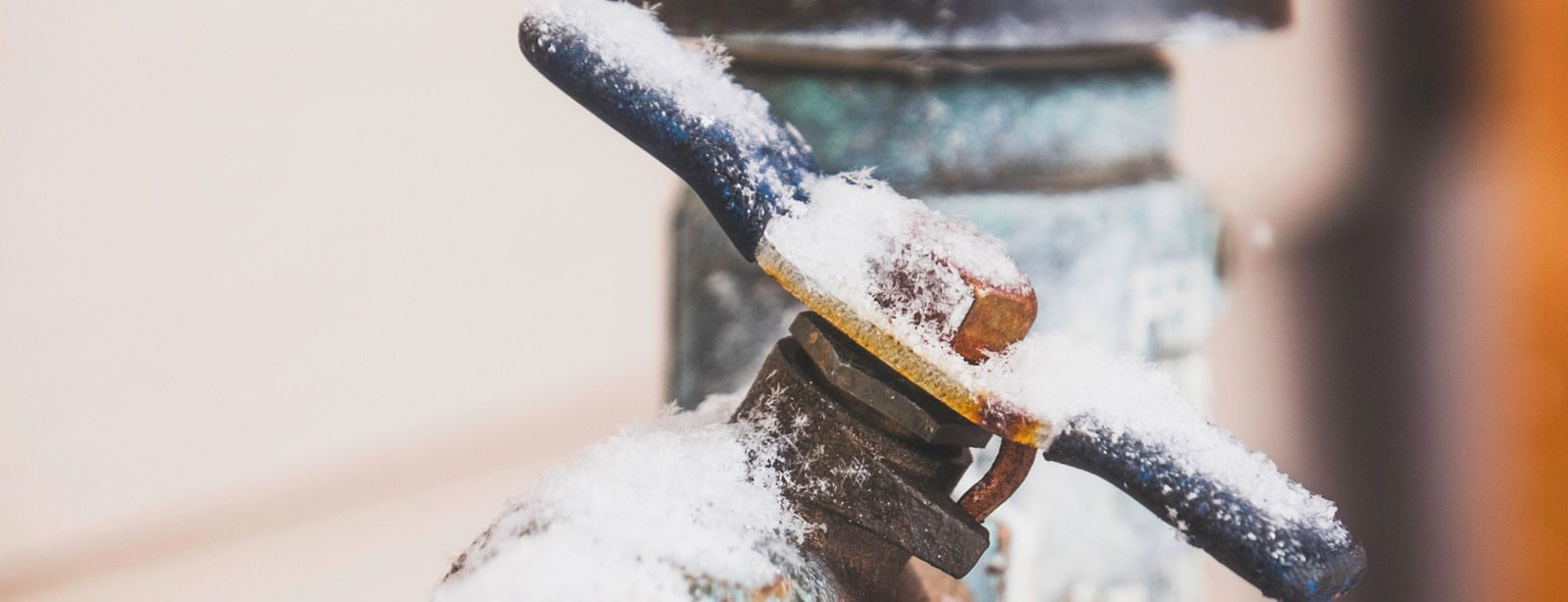Important Tips to Avoid Frozen Plumbing in Winter: Specialist Guidance
Important Tips to Avoid Frozen Plumbing in Winter: Specialist Guidance
Blog Article
What are your opinions on How To Avoid Freezing Pipes?

Cold weather can damage your plumbing, specifically by freezing pipes. Below's how to avoid it from occurring and what to do if it does.
Intro
As temperatures drop, the danger of icy pipelines rises, possibly bring about costly repair work and water damage. Comprehending how to avoid icy pipes is crucial for house owners in cool environments.
Understanding Icy Pipelines
What causes pipelines to ice up?
Pipelines ice up when revealed to temperature levels listed below 32 ° F (0 ° C) for prolonged periods. As water inside the pipelines freezes, it broadens, putting pressure on the pipe wall surfaces and possibly causing them to break.
Dangers and damages
Frozen pipelines can lead to supply of water interruptions, residential or commercial property damage, and expensive fixings. Ruptured pipes can flood homes and trigger substantial architectural damage.
Signs of Frozen Pipes
Determining frozen pipes early can avoid them from bursting.
How to identify icy pipes
Look for decreased water circulation from faucets, unusual odors or noises from pipelines, and visible frost on exposed pipes.
Prevention Tips
Protecting prone pipelines
Cover pipelines in insulation sleeves or make use of warm tape to secure them from freezing temperatures. Focus on pipelines in unheated or exterior areas of the home.
Heating methods
Maintain interior spaces properly heated up, particularly locations with plumbing. Open cupboard doors to permit cozy air to circulate around pipes under sinks.
Securing Outdoor Plumbing
Garden pipes and outdoor taps
Detach and drain pipes garden tubes prior to winter months. Set up frost-proof faucets or cover outdoor faucets with shielded caps.
What to Do If Your Pipelines Freeze
Immediate activities to take
If you suspect icy pipes, keep taps open up to ease pressure as the ice melts. Use a hairdryer or towels taken in warm water to thaw pipelines slowly.
Long-Term Solutions
Architectural modifications
Consider rerouting pipelines away from outside walls or unheated locations. Include added insulation to attic rooms, cellars, and crawl spaces.
Updating insulation
Buy high-grade insulation for pipes, attic rooms, and walls. Appropriate insulation helps maintain constant temperature levels and decreases the threat of frozen pipes.
Verdict
Preventing icy pipelines calls for positive actions and fast responses. By comprehending the causes, signs, and preventive measures, home owners can shield their plumbing throughout cold weather.
5 Ways to Prevent Frozen Pipes
Drain Outdoor Faucets and Disconnect Hoses
First, close the shut-off valve that controls the flow of water in the pipe to your outdoor faucet. Then, head outside to disconnect and drain your hose and open the outdoor faucet to allow the water to completely drain out of the line. Turn off the faucet when done. Finally, head back to the shut-off valve and drain the remaining water inside the pipe into a bucket or container. Additionally, if you have a home irrigation system, you should consider hiring an expert to clear the system of water each year.
Insulate Pipes
One of the best and most cost-effective methods for preventing frozen water pipes is to wrap your pipes with insulation. This is especially important for areas in your home that aren’t exposed to heat, such as an attic. We suggest using foam sleeves, which can typically be found at your local hardware store.
Keep Heat Running at 65
Your pipes are located inside your walls, and the temperature there is much colder than the rest of the house. To prevent your pipes from freezing, The Insurance Information Institute suggests that you keep your home heated to at least 65 degrees, even when traveling. You may want to invest in smart devices that can keep an eye on the temperature in your home while you’re away.
Leave Water Dripping
Moving water — even a small trickle — can prevent ice from forming inside your pipes. When freezing temps are imminent, start a drip of water from all faucets that serve exposed pipes. Leaving a few faucets running will also help relieve pressure inside the pipes and help prevent a rupture if the water inside freezes.
Open Cupboard Doors
Warm your kitchen and bathroom pipes by opening cupboards and vanities. You should also leave your interior doors ajar to help warm air circulate evenly throughout your home.

We hope you liked our topic about 6 Ways to Prevent Frozen Pipes. Thanks for taking the time to read our content. For those who enjoyed reading our article if you please make sure you remember to share it. Thanks a lot for your time. Don't forget to come visit our site back soon.
Schedule Service Now Report this page